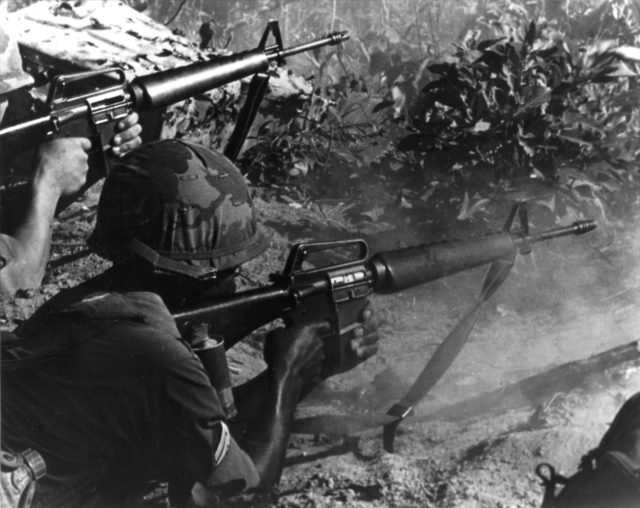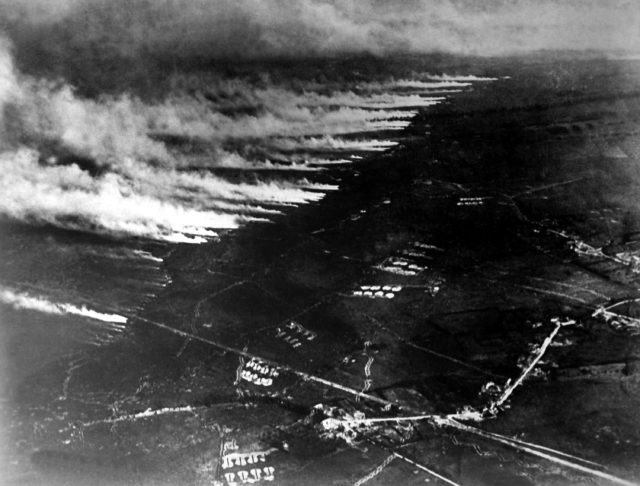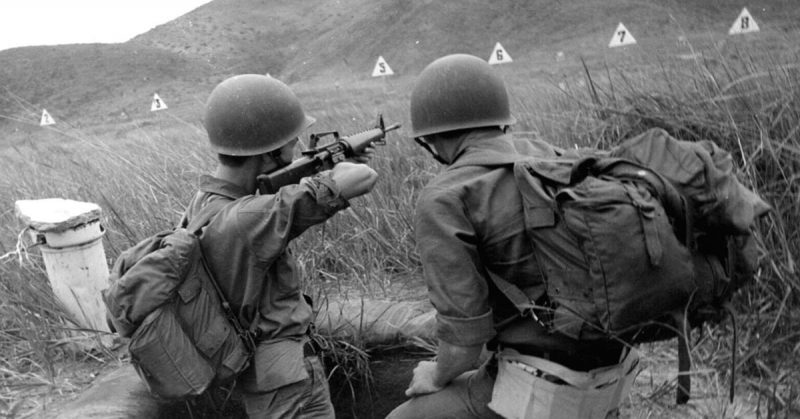Throughout the 20th and 21st Centuries, military technology has advanced considerably. Along the way, that evolution has taken some disastrous turns, particularly several weapons which proved almost as dangerous for the men using them as they were for the enemy.
Here are five that proved unreliable to the point of being deadly to those who used them.
The Mark 14 Torpedo
Like many nations around the globe, the US and its Navy struggled to develop effective torpedo systems during WWII. The Mark 14 torpedo was a particularly dangerous venture.
Not only did it often miss its target, but on one occasion it sank the submarine it was launched from. Due to its magnetic trigger mechanism, it doubled back and hit the USS Tullibee, the submarine that had fired it, resulting in the deaths of almost everyone on board.
Its development had been under-funded and the testing period for the weapon was much too short, so the risks were already high. The torpedo was eventually redesigned, and the problems that had made it so dangerous were corrected.

The M16 Rifle
During the Vietnam War, American soldiers were issued with new M16 rifles. The manufacturers claimed the weapons were “self-cleaning” so troops were supplied with minimal cleaning materials and no instructions on how to maintain them. It proved to be a deadly problem.

The rifles got clogged with dirt and detritus, and spent cartridges became stuck inside the chamber. The only way to remove the blockage and get it operational again was to take the rifle apart, clean it and remove the cartridge. This laborious process left troops on the battlefield completely defenseless, and there were numerous reports of soldiers being found dead after a gunfight with their M16 disassembled beside them.
Gas

An iconic feature of WWI, chemical weapons like mustard and chlorine gas could be devastatingly effective when used successfully. However, there were risks involved for the men deploying the gas in the first place.
The delivery of gasses via a projectile had been outlawed by the Hague Convention in 1899. The only available method was to open a gas cylinder when the wind was blowing towards enemy lines. It meant if the wind changed – as it often did – the cloud could be blown right back onto the soldiers who released it.
Also storing the cylinders was dangerous. If any of them leaked prematurely, the ensuing stream of gas drew enemy fire and shelling, as well as directly affecting the soldiers nearby.
Underground Explosives

Tunneling has been used in wars throughout the centuries, and during WWI, it became a practice on both sides of the Western Front. Teams of men worked to dig passages underground, moving towards and underneath enemy lines.
When they reached beneath critical enemy positions, they set explosives to be detonated. However, planting the explosives was incredibly dangerous for the soldiers involved. Tunnelers risked dying from cave-ins, or crushed and trapped when the passages collapsed around them, as well as carbon monoxide poisoning. Explosives sometimes went off prematurely, killing the men charged with setting them up.
The Ross Rifle
Originally designed as a hunting rifle, this weapon was supplied to Canadian troops during WWI. Although the firearm worked well for its original purpose, as a military tool it was far from ideal.
It was large and unwieldy, for one thing, and the mud and dirt of the trenches easily jammed the internal workings. A bayonet fixed on the barrel often fell off when a bullet was fired.
The worst and most troubling feature of this weapon, however, was that the bolt of the rifle often dislodged when in use, launching the bullet back into the soldiers’ hands. At best this could result in serious injury, at worst it could cause their death. Understandably, the Ross Rifle was removed from service after just a year in action.
